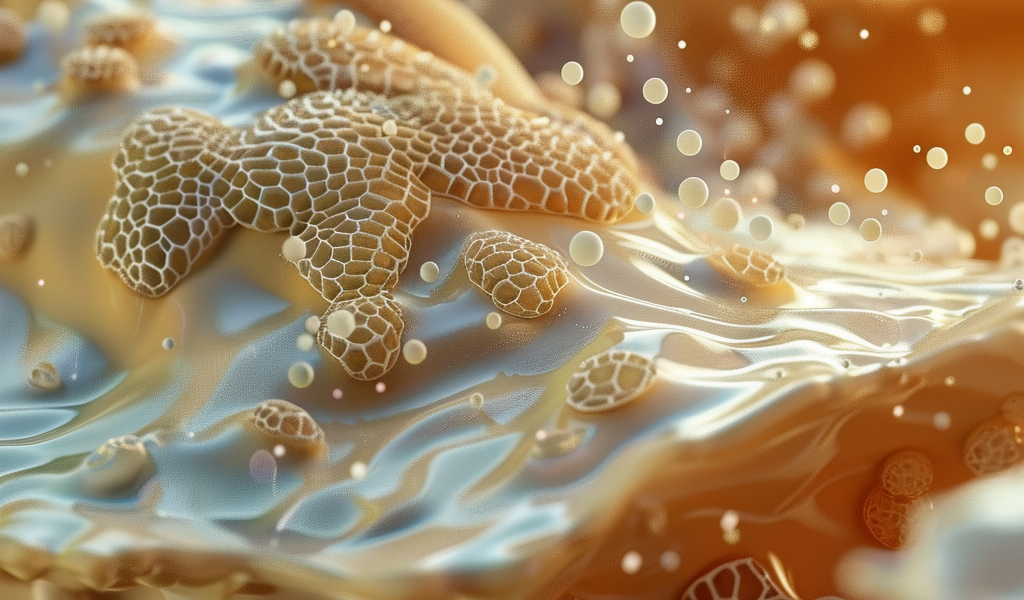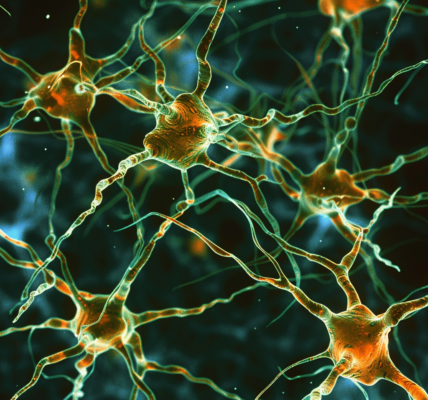Recent research conducted by Brunel University and the University of Birmingham has shed light on the potential risks associated with toxic flame retardants found in everyday items such as plastics, furniture, fabrics, and electronics. These cancer-causing chemicals, known as polybrominated diphenyl ethers (PBDEs), can be absorbed through the skin and enter the bloodstream within 24 hours.
The study utilized a state-of-the-art 3D-printed skin model to demonstrate that sweatier skin absorbs more PBDEs when in contact with microplastics containing these harmful chemicals. This finding highlights skin absorption as a concerning route for human exposure to toxic additives present in microplastics.
Dr. Ovokeroye Abafe, an exposure scientist at Brunel University, emphasized the significance of these results in understanding the potential health risks posed by microplastics. He stated, ‘Human exposure via skin contact with microplastics containing PBDEs contributes to the human body burdens of these toxic chemicals. This evidence is crucial for regulators and policymakers to address the risks associated with these substances, which have been linked to cancer and endocrine disruption.’
Microplastics, which are tiny plastic particles less than five millimeters in size, have been detected in various human body parts, raising concerns about their impact on health. Studies on different organisms have shown that microplastics can disrupt hormones, affect feeding patterns, and cause liver damage.
Flame retardants like PBDEs are particularly worrisome due to their carcinogenic and hormone-disrupting properties. Despite restrictions on certain PBDE mixes, they remain a significant environmental hazard as they are commonly used in plastics. The recent study revealed that PBDEs embedded in microplastics can leach out into human sweat and penetrate the skin barrier, entering the bloodstream. Approximately 8% of the chemical can be absorbed by the skin, with up to 0.1% reaching the bloodstream within just 24 hours.
The use of advanced 3D-printed skin models in this research provides valuable insights into the potential risks associated with toxic chemicals in microplastics. As the regulatory framework for microplastics remains underdeveloped, studies like these play a crucial role in safeguarding public health and informing policy decisions.





